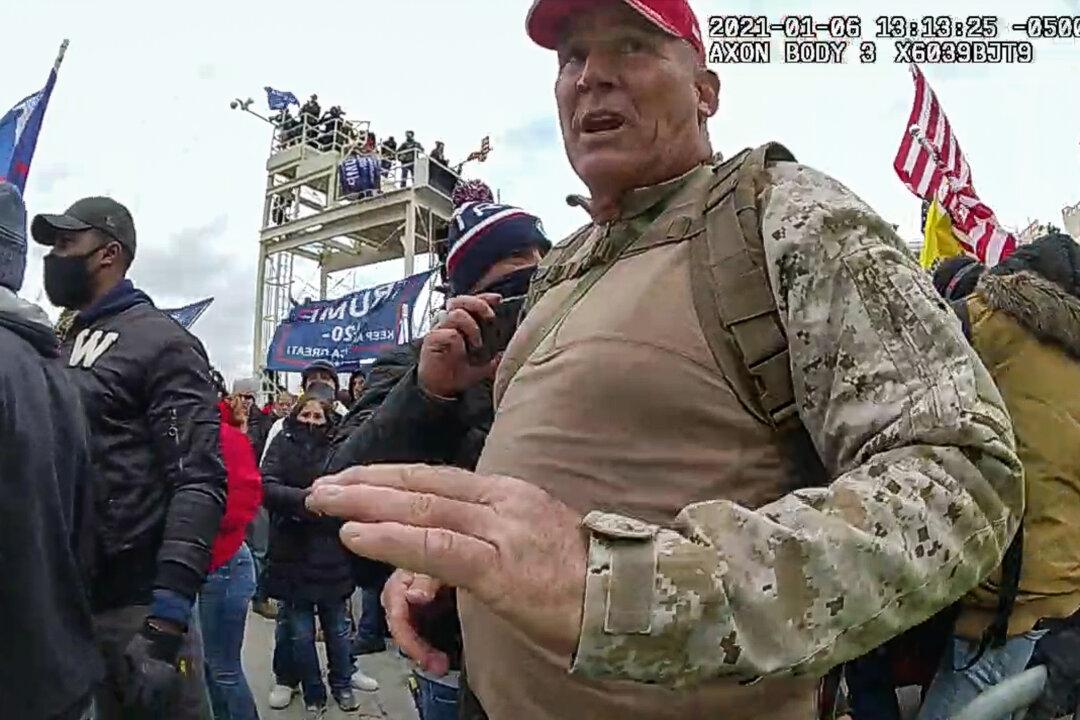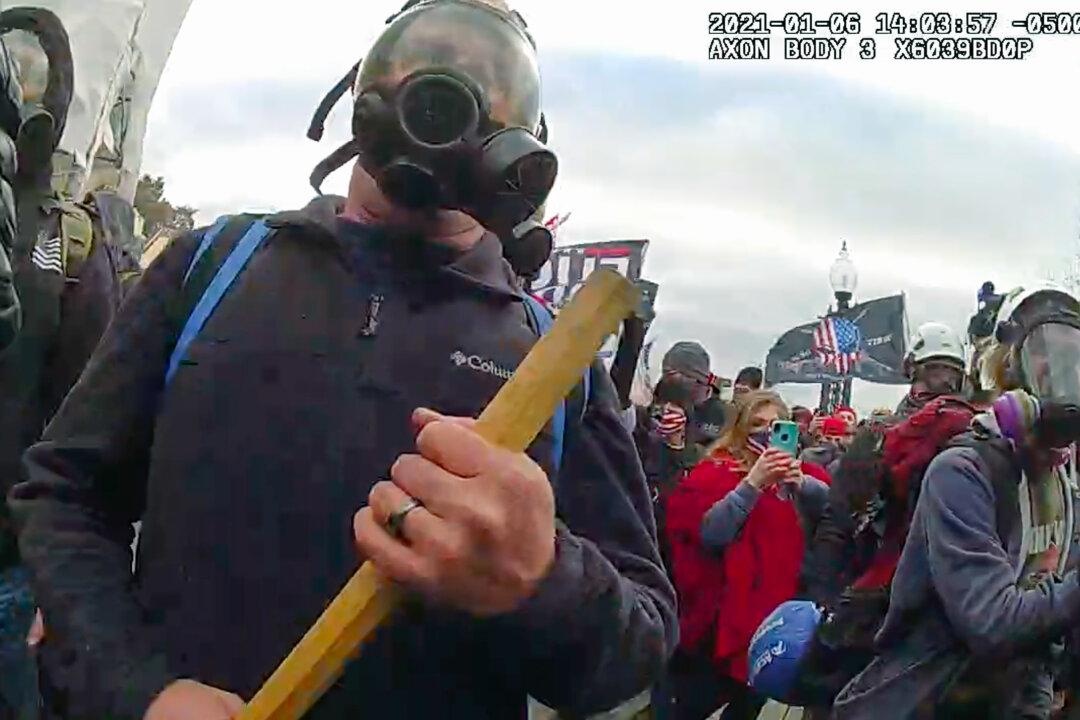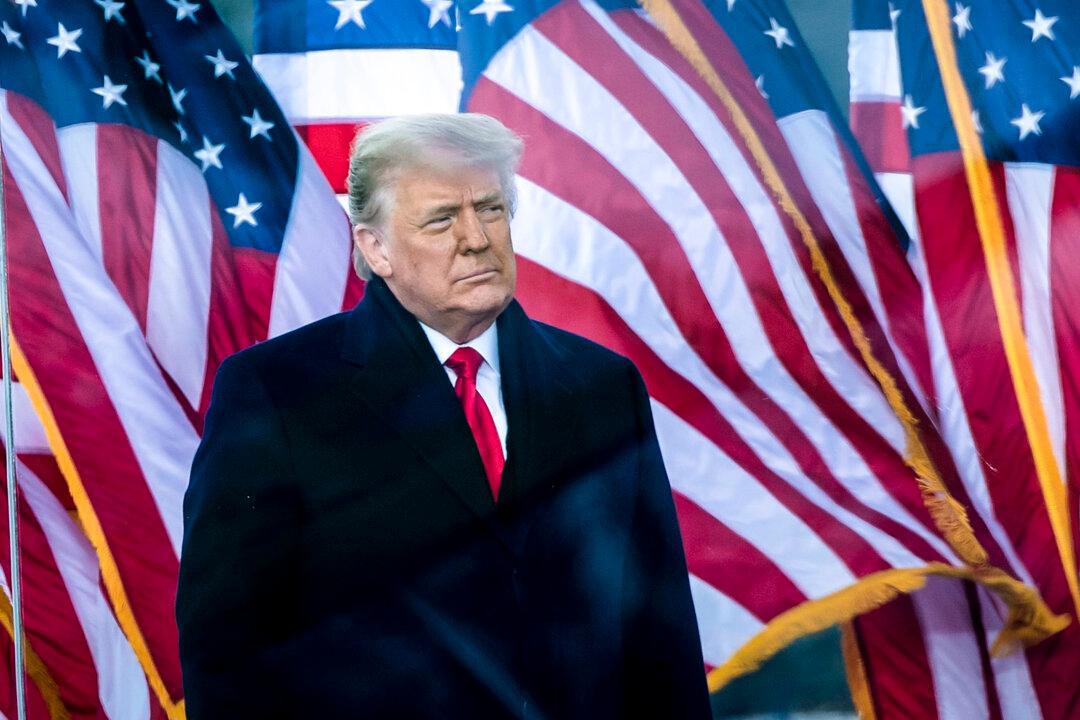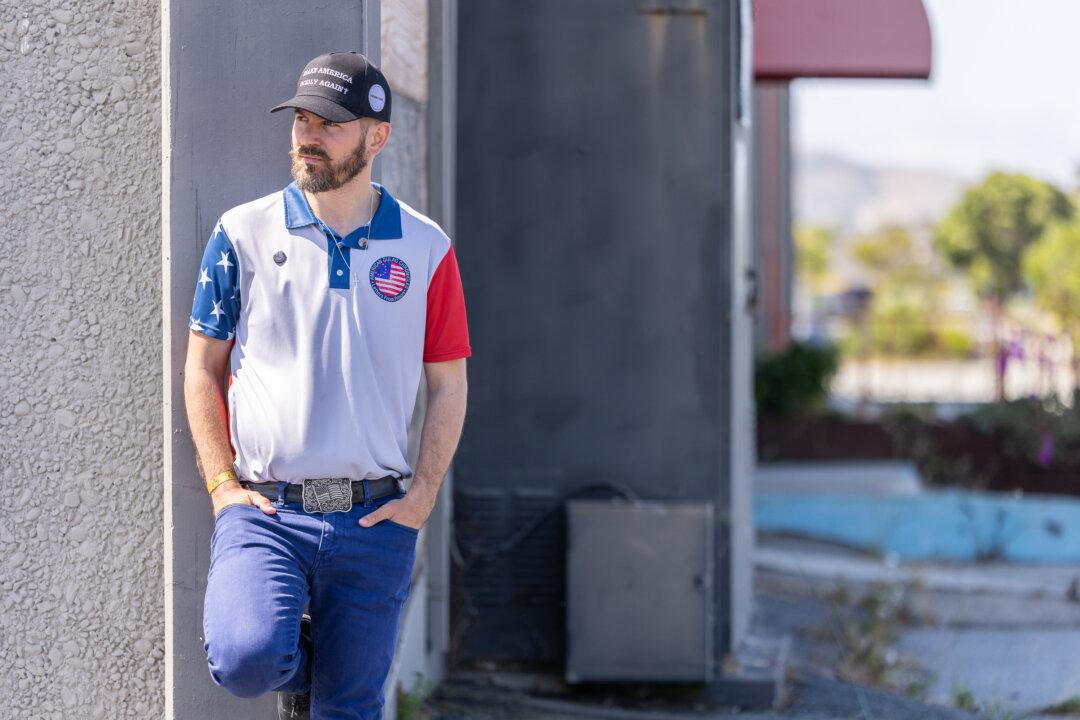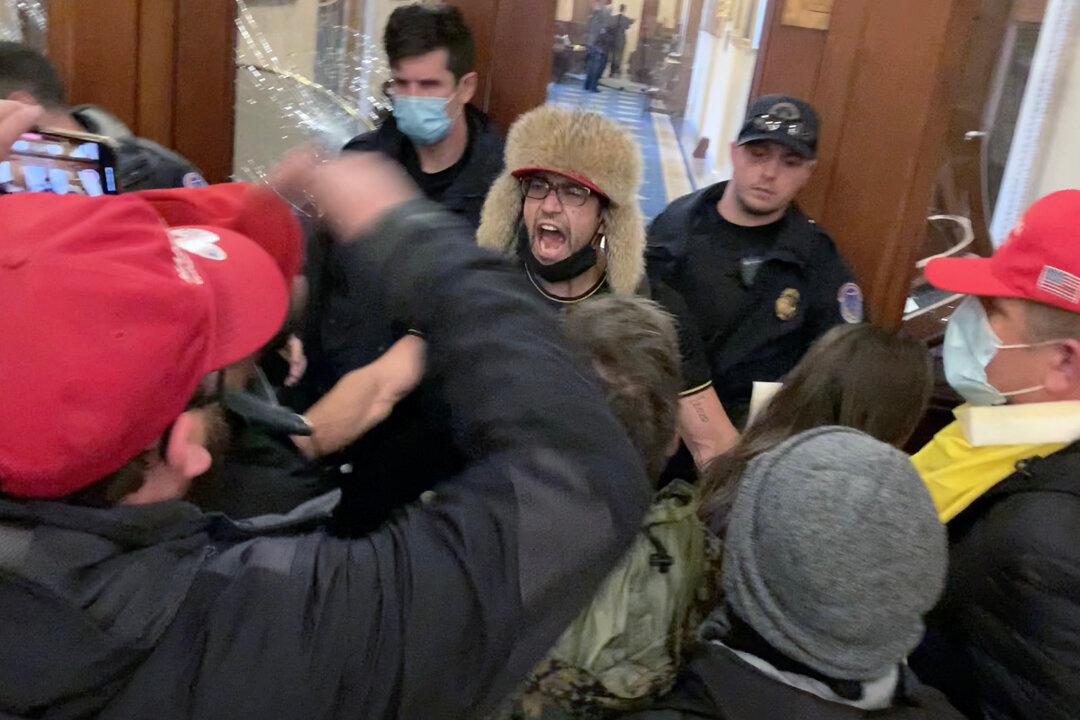WASHINGTON—James Ray Epps Sr. pleaded guilty on Sept. 20 to a single misdemeanor disorderly conduct charge, bringing to a close a lightning-quick prosecution for his actions in Washington D.C. on Jan. 6, 2021.
Appearing remotely before Chief U.S. District Judge James Boasberg, Mr. Epps pleaded guilty to disorderly or disruptive conduct in a restricted building or grounds, a Class A misdemeanor with a maximum one-year prison term.
